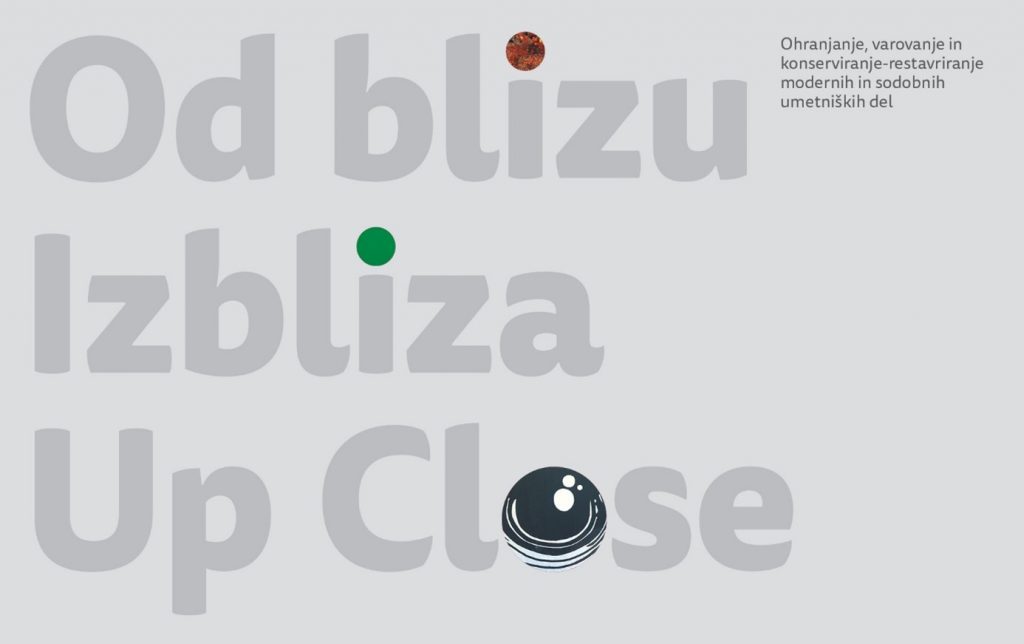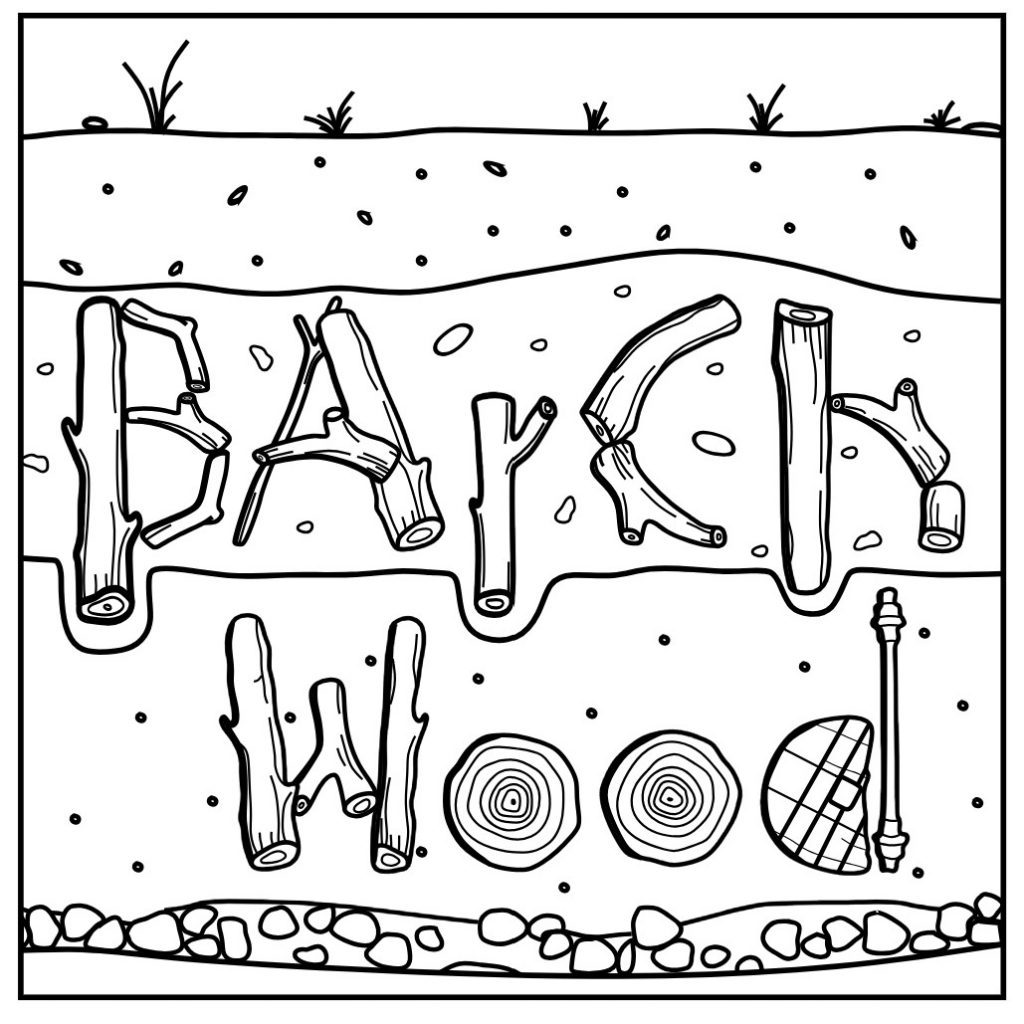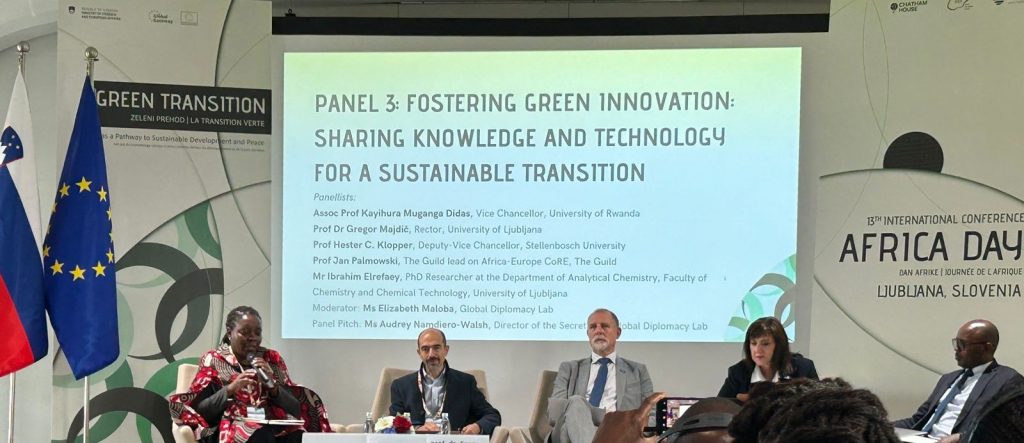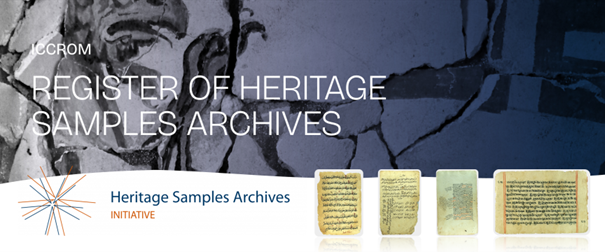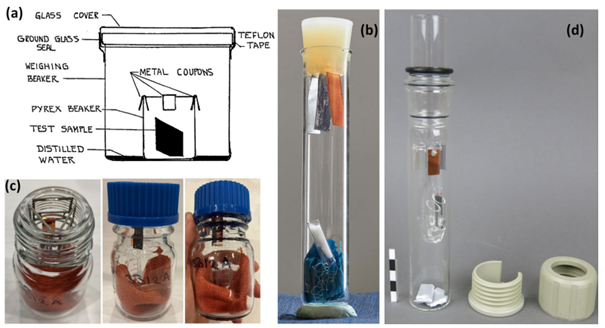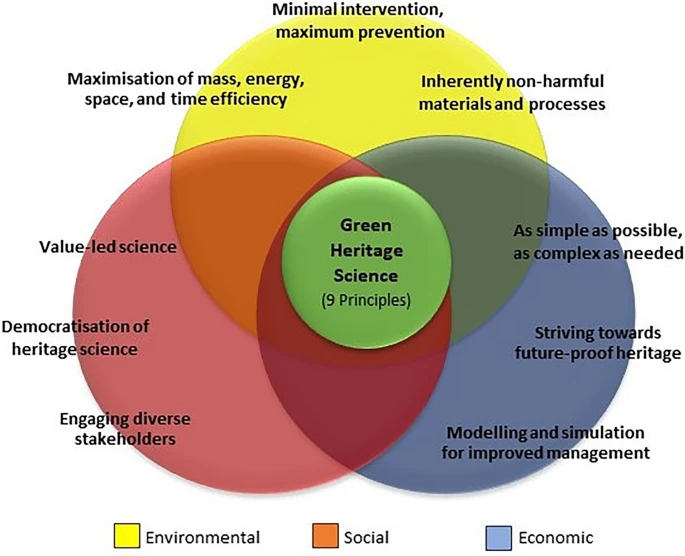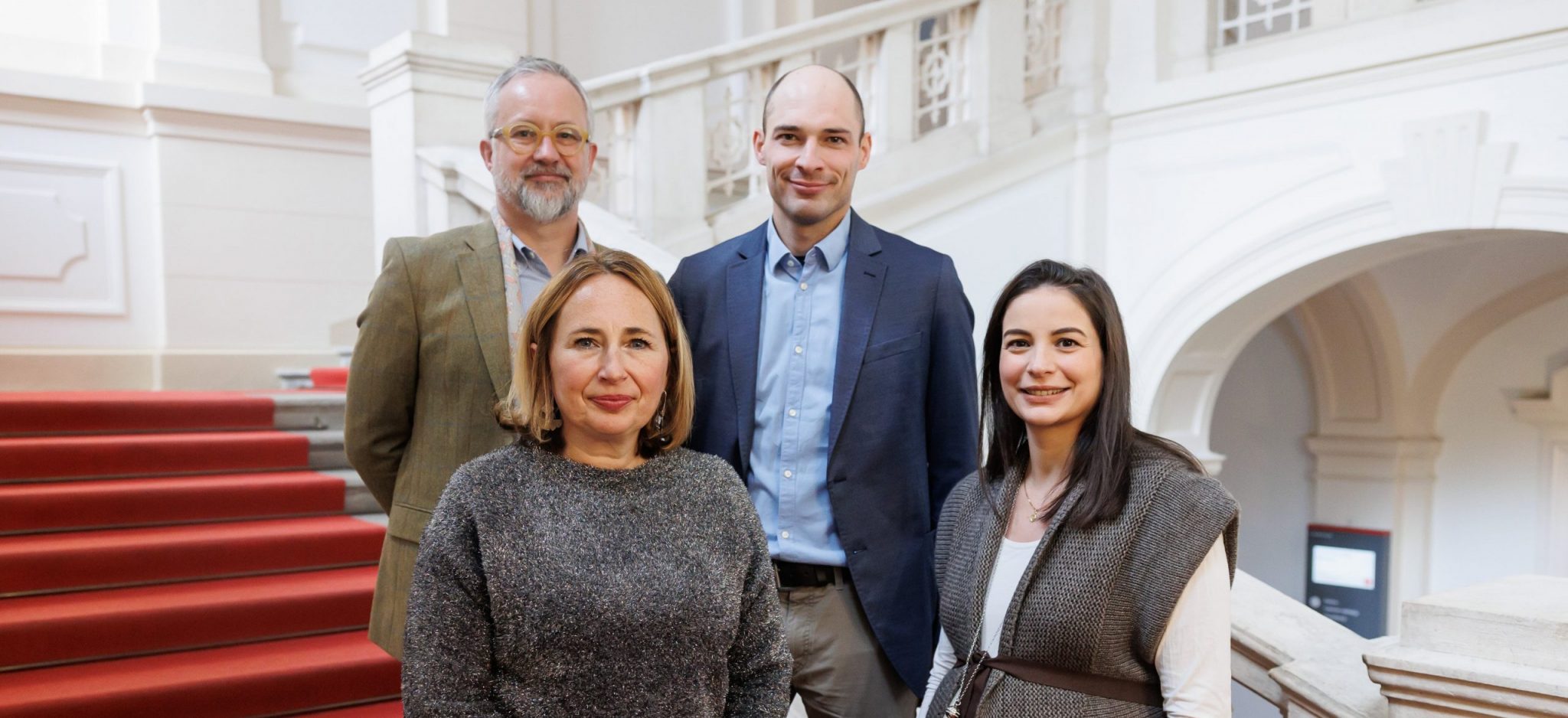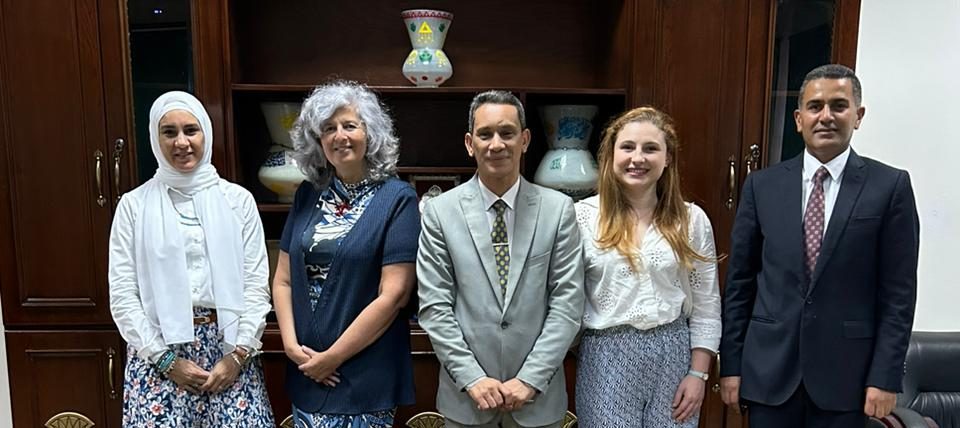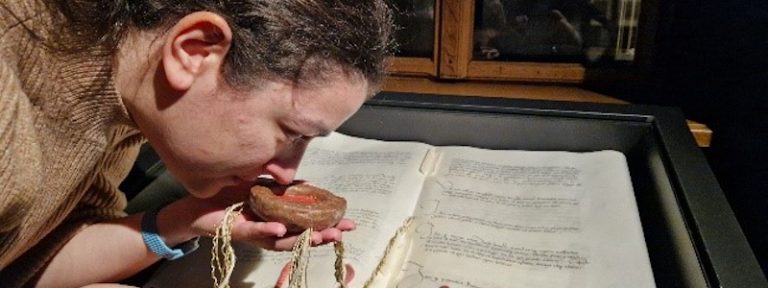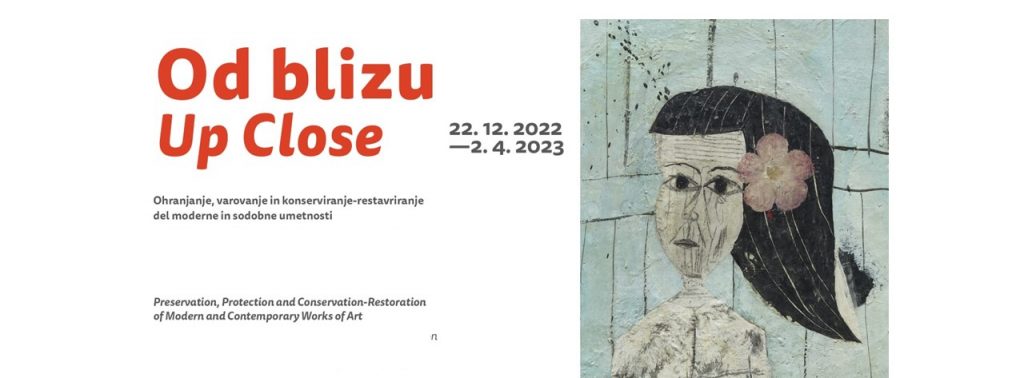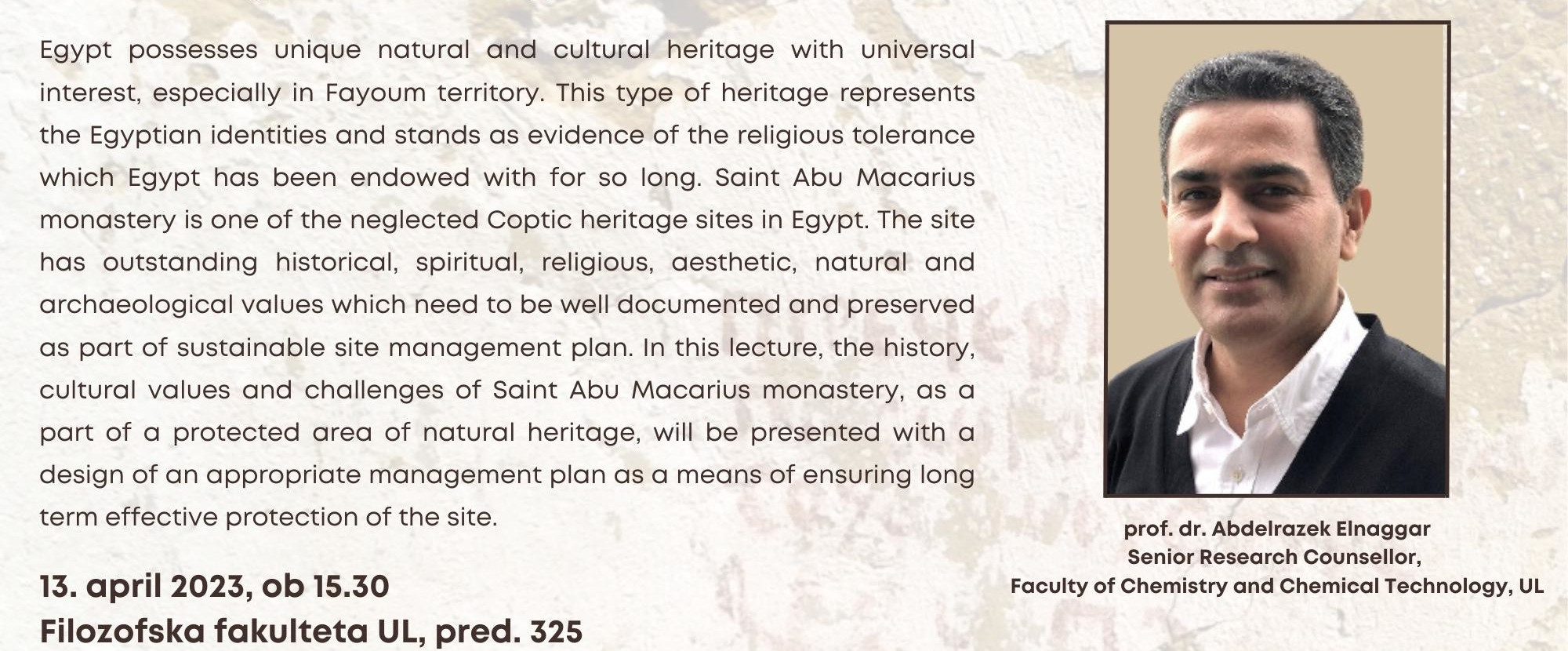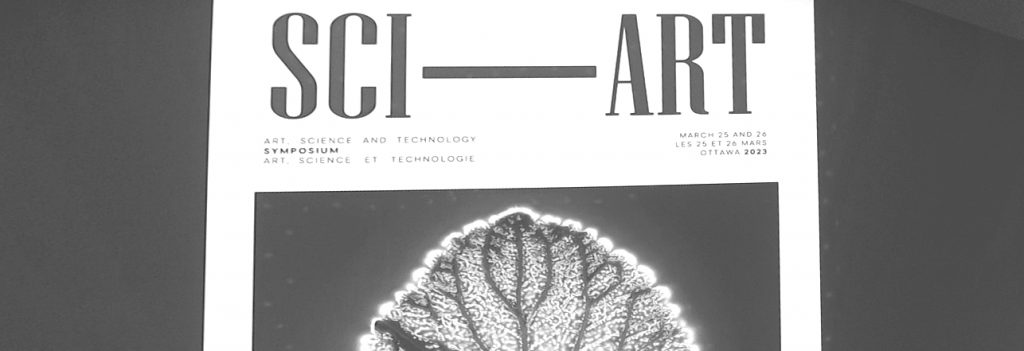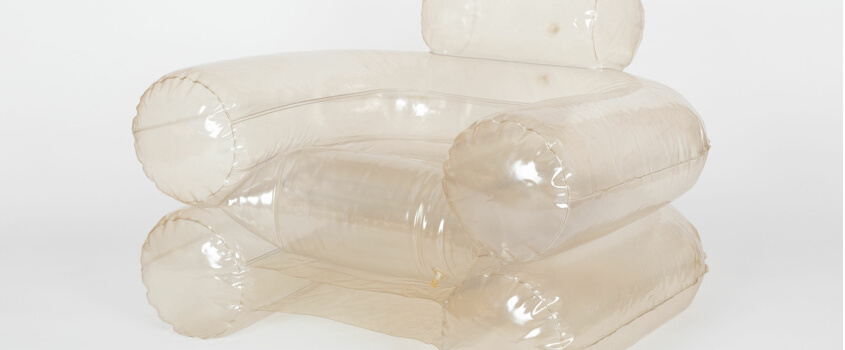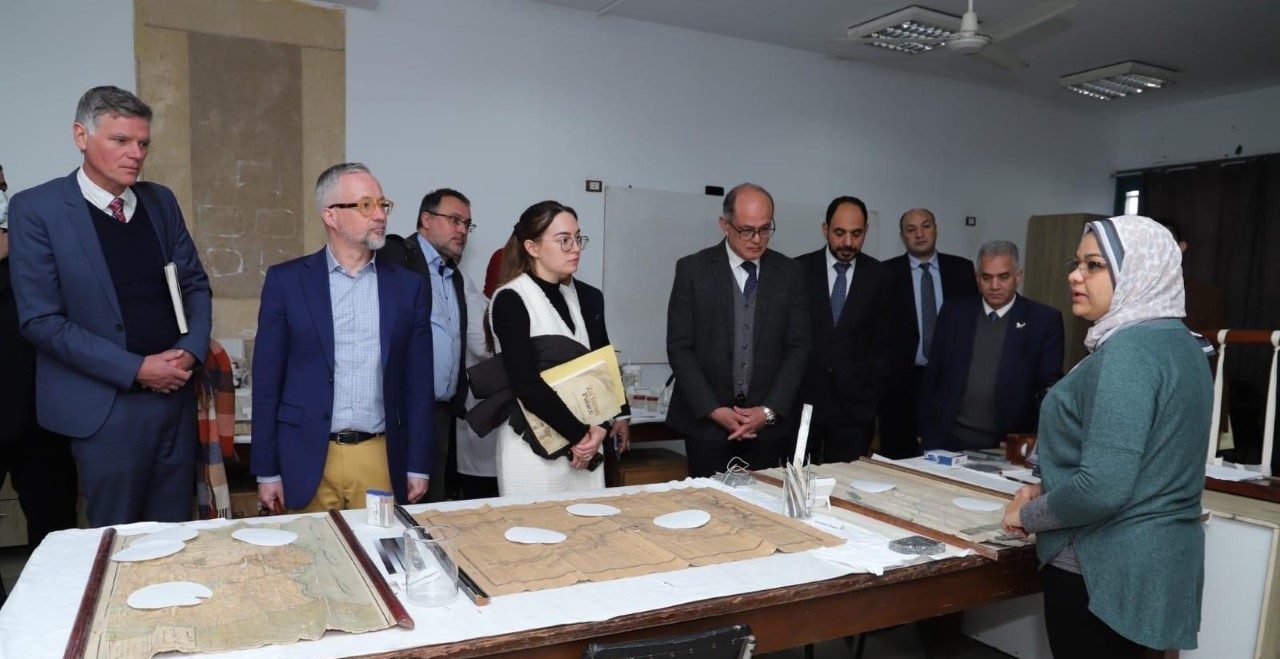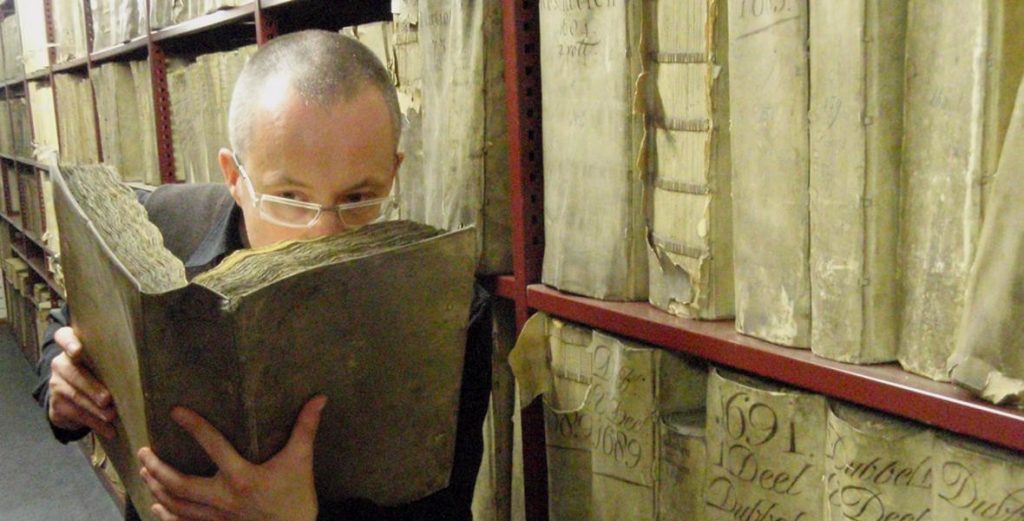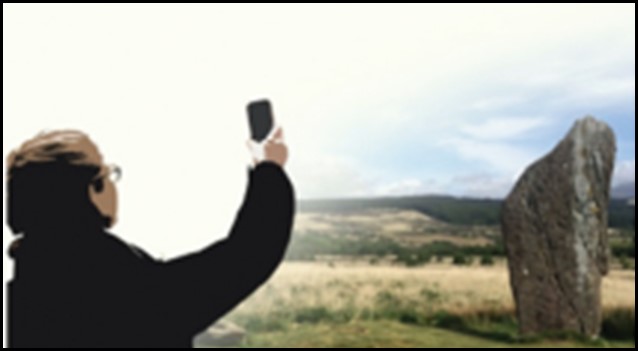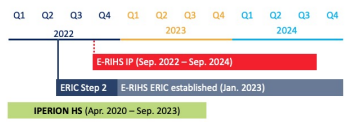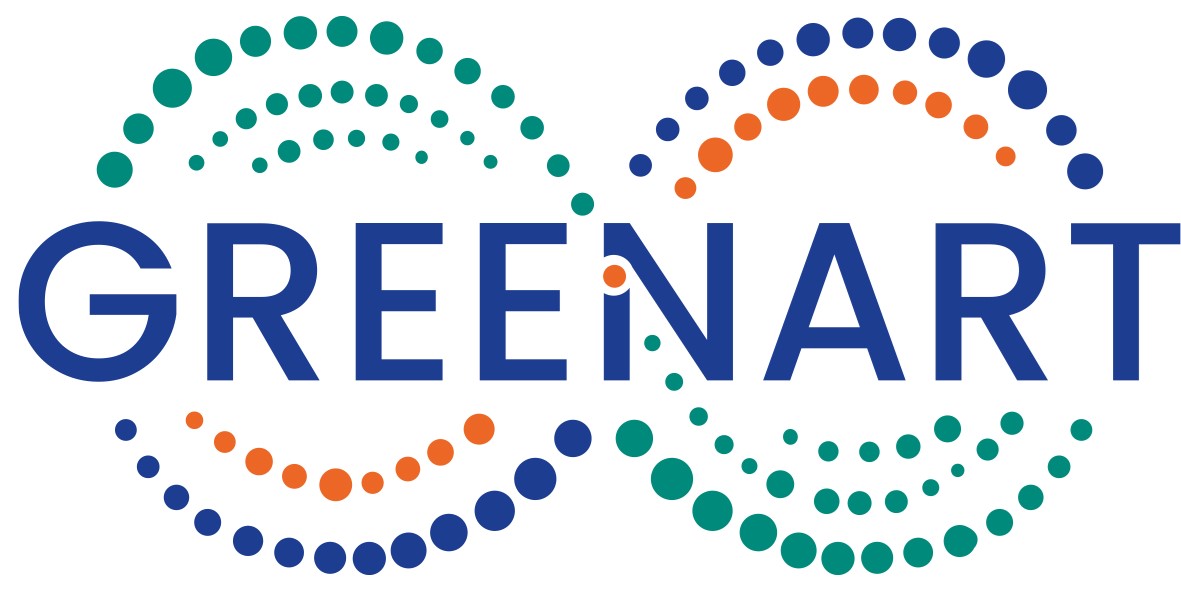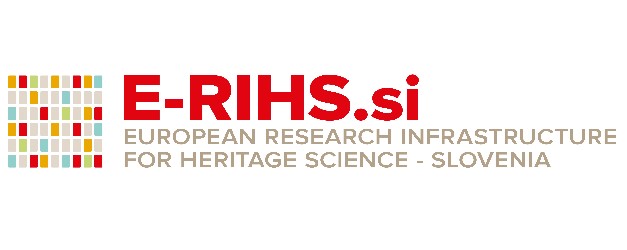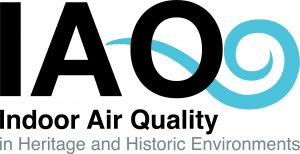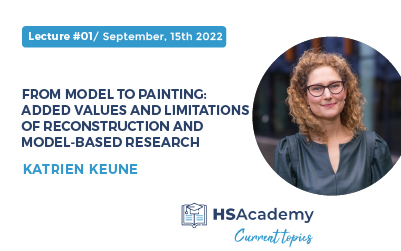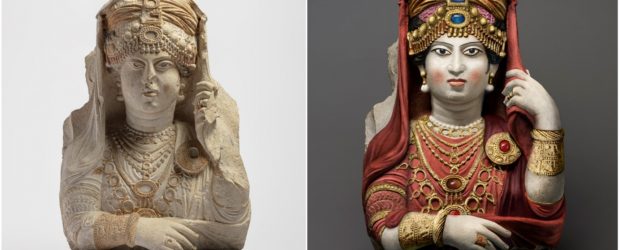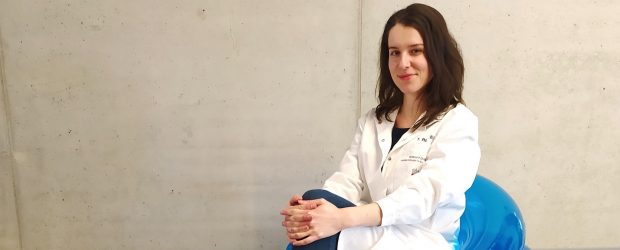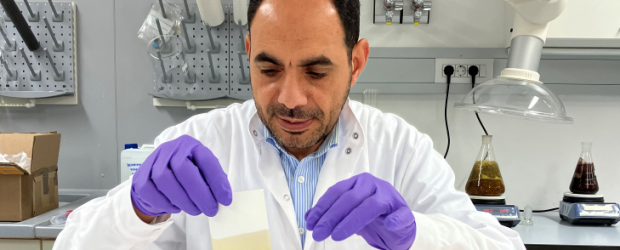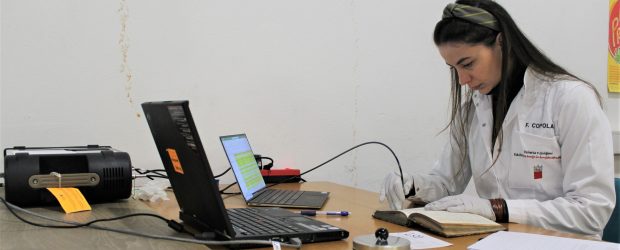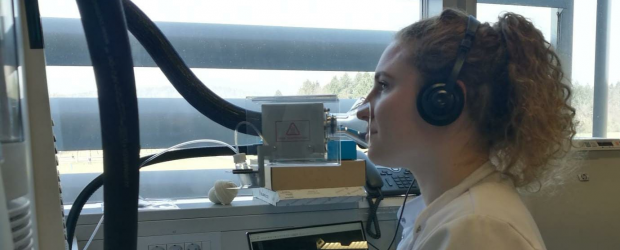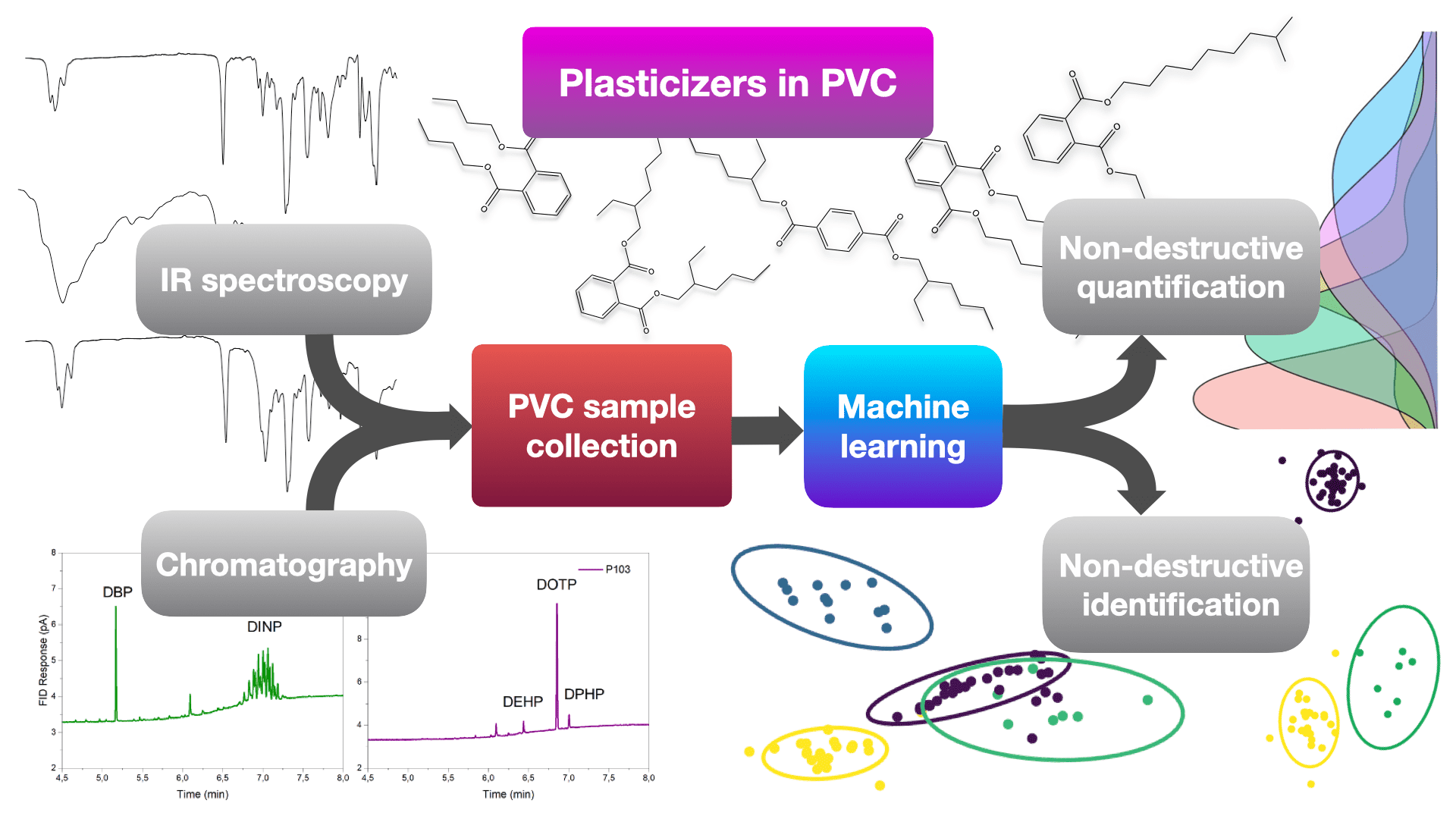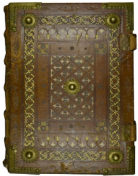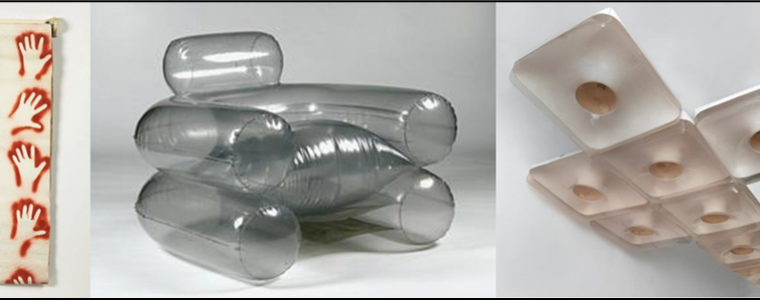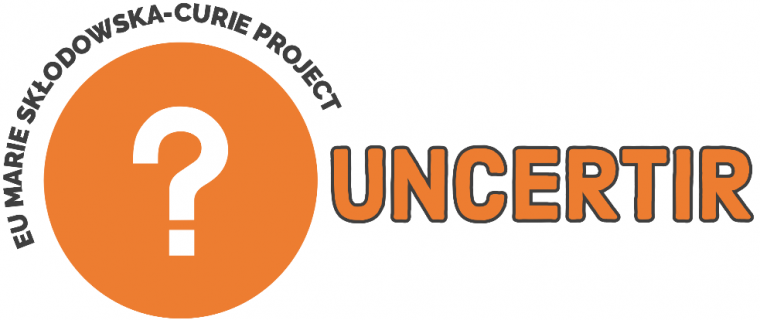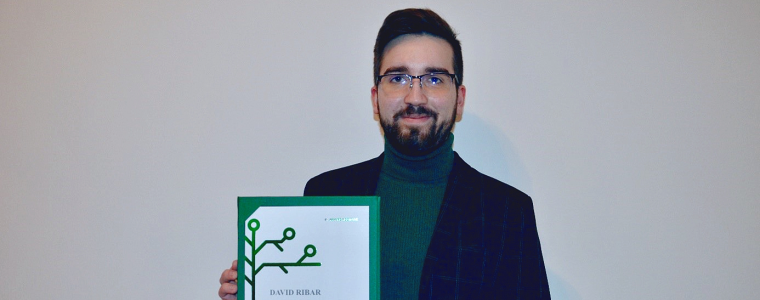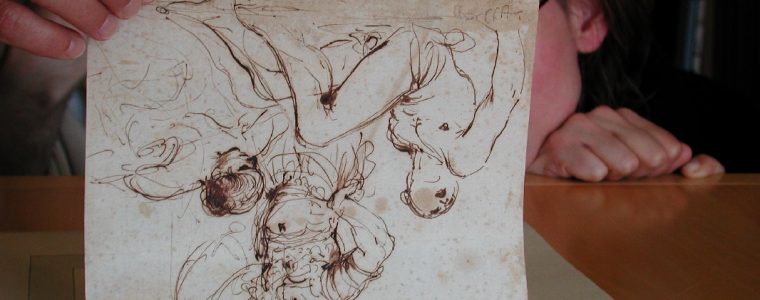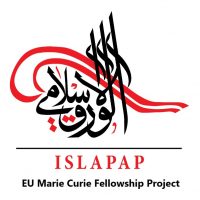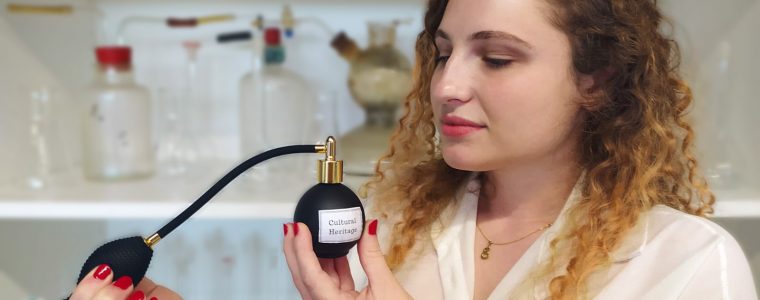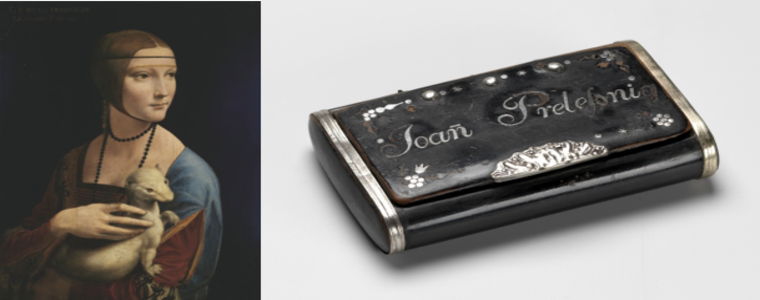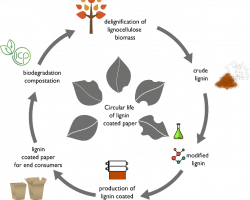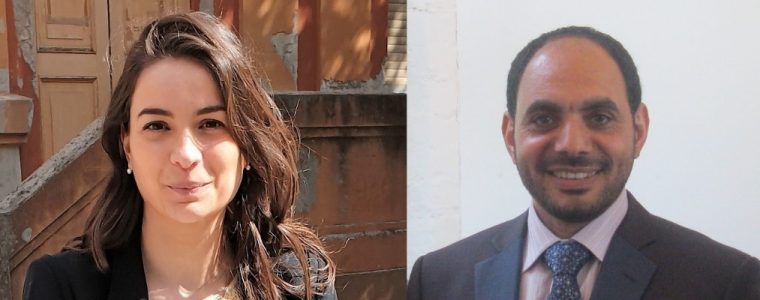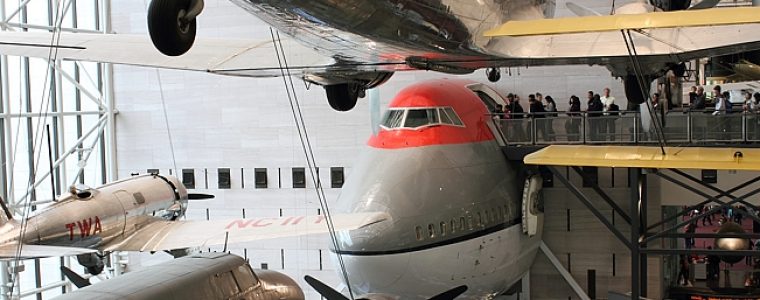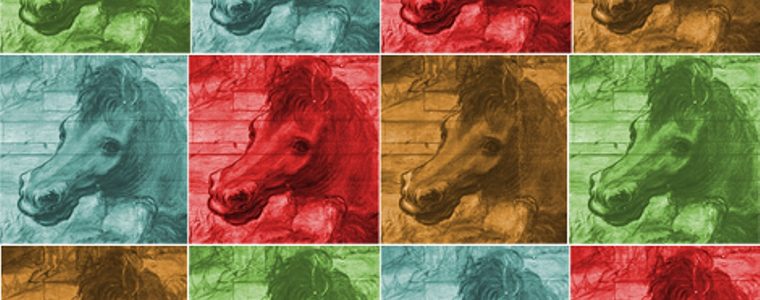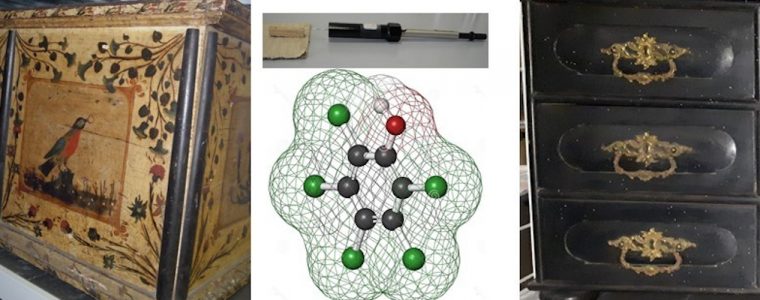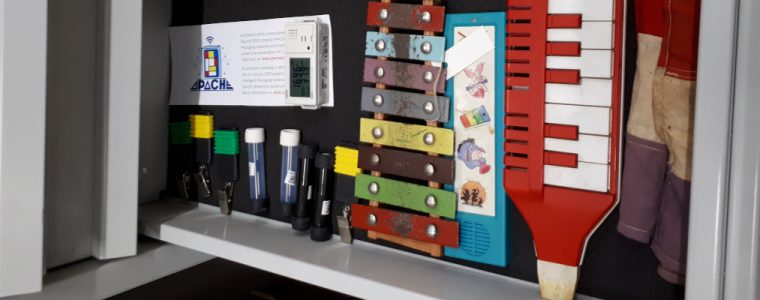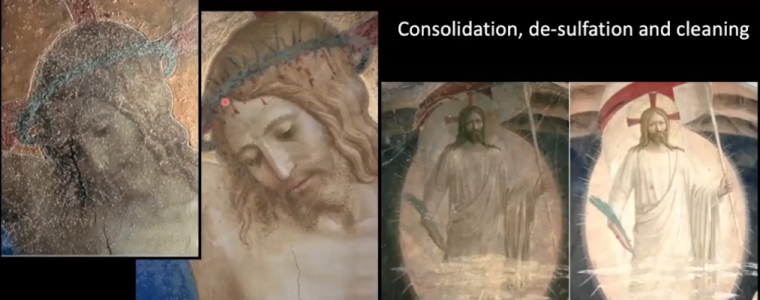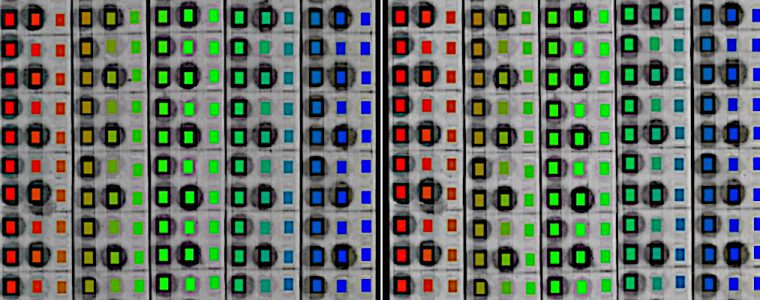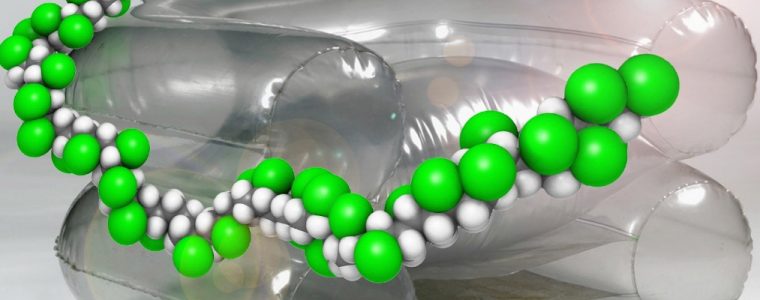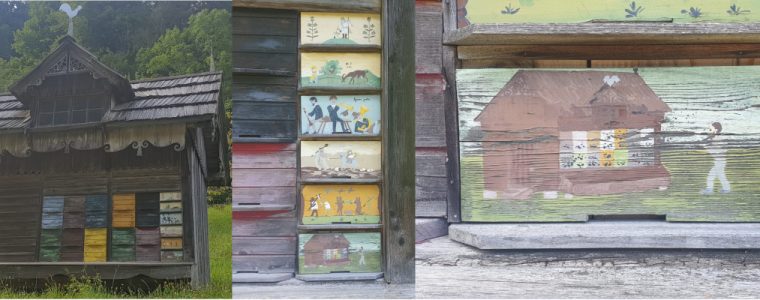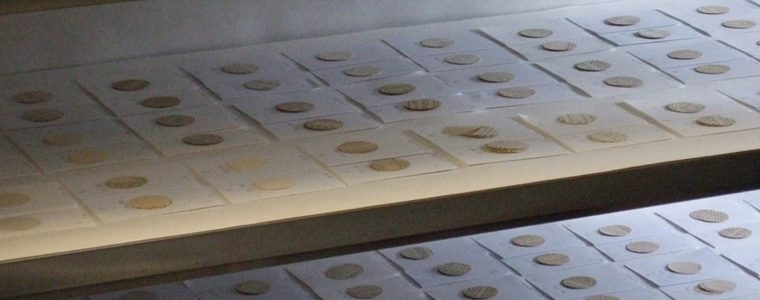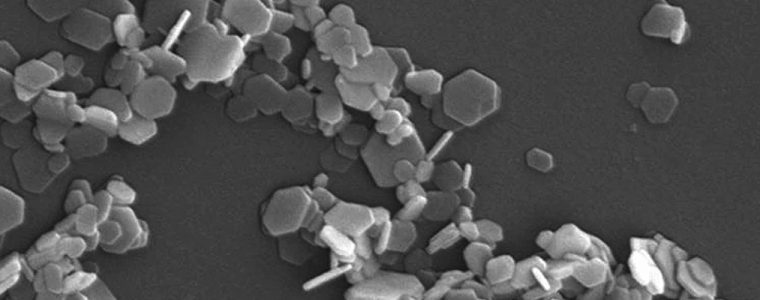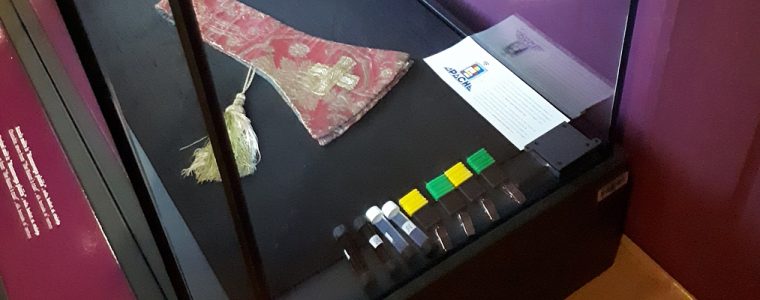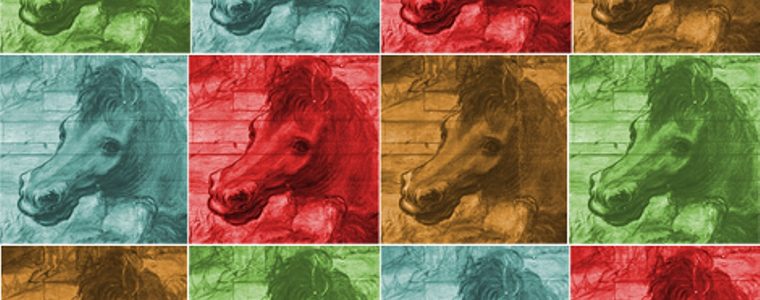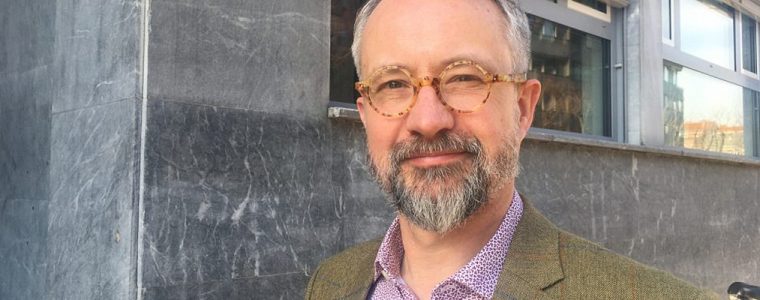Heritage Science Laboratory Ljubljana
News
News
The scientific monography Od blizu / Izbliza / Up Close: Preservation, Protection, and Conservation-Restoration of Modern and Contemporary Works of Art, was published in May 2024, in connection with the exhibitions of the same name at the Modern Gallery in Ljubljana and at the Museum of Contemporary Art in Zagreb.
The project BArCH-Wood, carried out as part of Eutopia network and University of Ljubljana student research initiatives, brings together 8 students and 5 mentors, representing five different departments and three Schools at University of Ljubljana
Ibrahim Elrefaey, a researcher and PhD student at the Faculty of Chemistry and Chemical Technology, Heritage Science Laboratory Ljubljana (HSLL) at the Department of Analytical Chemistry, University of Ljubljana, Slovenia, participated as a panelist at the 13th Africa Day International Conference in Ljubljana.
Indoor air quality in heritage environments is firmly in the focus of scientific research, particularly with regard to the presence and effects of volatile organic compounds (VOCs). These compounds can come from a variety of sources, including objects, furnishings, visitors, staff and even olfactory exhibitions.
The ICCROM Register of Heritage Samples Archives was officially launched on May 15, 2024. This major initiative, developed as part of the ICCROM Heritage Samples Archives Initiative (HSAI), aims to raise awareness of the importance of heritage sample collections as an invaluable resource for scientific research.
In a large-scale collaborative effort, researchers from seven European heritage research institutions conducted a comprehensive investigation into the variations of Oddy test protocols. The results of this study, published in the Heritage Science journal, shed light on key factors that influence the reliability and consistency of this widely used method.
L’Oréal Adria and the Slovenian National Commission for UNESCO presented the L’Oréal-UNESCO National Programme “For Women in Science” 2024 Awards yesterday. For 18 years, the programme has been highlighting the importance and role of women in science and rewarding their scientific excellence.
As part of the research activities of the GreenArt project and inspired by the EU Green Deal, the Heritage Science Lab Ljubljana has formulated and published a set of ”9 principles of green heritage science”, taking into account the complexity of the research challenges as well as environmental and socio-economic sustainability.
Lana Nastja Anžur, a PhD student at Heritage Science Laboratory, was granted the American Slovenian Foundation Fellowship. The purpose of the fellowship program is to strengthen research and study exchange between Slovenia and other countries
The Heritage Science Lab Ljubljana was recently awarded a stable funding grant in what was an exceptionally competitive call managed by the University of Ljubljana.
HSLL researchers collaborated with Shaanxi Normal University, Xi’an, and the Sichuan Museum, Chengdu, China, as well as with UCL Institute for Sustainable Heritage, UK, in what is a pioneering piece of research into the material properties of 19th–20th century Tibetan paper.
Every year, the University of Ljubljana selects the ten most prominent research achievements among the proposals received from several members of the University, based on aspects, including impact, comprehensiveness, and applicability.
Three members of the HSLL research team, Emma Paolin, Dr. Abdelrazek Elnaggar and Prof. Dr. Mojca Ramšak, visited Cairo and Luxor in September 2023 to promote collaboration and networking between Egyptian and Slovenian researchers.
Parchment, known for its resilience and enduring nature, has significantly impacted history as one of the most extensively used writing materials in pre-paper Europe.
Dr. Fabiana Di Gianvincenzo and Emma Paolin, two of the HSLL researchers working in the ODOTHEKA project, will host a smelling session for the September meeting of the Smell Studies Graduate Student Working Group (SSG).
Tjaša Rijavec, PhD student at the Heritage Science Lab Ljubljana, recently presented her research at the Canadian Conservation Institute (CCI). The CCI is a Canadian governmental institute…
Proteins from cereal grains and yeast were found in the ground layer of paintings produced in Denmark in the early 19th century by two of the best known artists from the Golden Age of Danish Painting…
Heritage scientists can now accurately date historical paper using just infrared light and complex computational analysis. In a piece of research published in the top-tier Journal of the American Chemical Society…
Please join us for the invited talk by Dr. Mojca Ramšak on Anthropology of smell and chemistry, on Tuesday, 6 June 2023 at 13:00 in the large lecture hall of the first floor of the National Institute of Chemistry, …
The exhibition “Up close” was set up at the Museum of Modern Art in Ljubljana from 22. December 2022 until 16. April 2023, which showed preservation, protection, and conservation of modern and contemporary art works
Please join us at the invited talk to be held by Dr. Abdelrazek Elnaggar, Senior Research Counsellor at the Heritage Science Lab, at University of Ljubljana, Faculty of Art on 13. April 2023 at 03.30 pm, lecture hall 325.
The Slovenian Embassy in Ottawa, Canada, in collaboration with the German Embassy and the SAW Centre in Ottawa, organised a 2-day SCI-ART symposium on 25 and 26 March 2023, showcasing a number of internationally acclaimed artists, scientists, and researchers from around the world for…
Our PhD researcher Tjaša Rijavec along with Matija Strlič and Irena Kralj Cigić recently published the paper “Damage function for poly(vinyl chloride) in heritage collections” in Polymer Degradation and Stability.
The HSLL is pleased to announce a new PhD opportunity (“Young Researcher” scheme) in the field of preventive conservation. This is a fully funded 4-year scholarship (stipend and fees), EU and International applications are equally welcome. We are looking for an outstanding applicant with…
HSLL delegates Professor Dr Matija Strlič, Professor Dr Abdelrazek Elnaggar and Dr Hassan Ebeid, visited the Ain Shams University (Egypt) last week for a high-profile meeting with Professor Dr Mohamed Ayman Saleh, the Vice President of for Postgraduate Studies and Research, and the German…
In the article published in Chemistry World, titled The smell of history (16 January 2023), the journalist Nina Notman discusses the challenges of understanding, preservation and recreation of smells of historic and heritage objects, such as books or perhaps “potica”, the typical Slovenian cake.
Researchers at the Heritage Science Laboratory Ljubljana (HSLL) of the Faculty of Chemistry and Chemical Technology, researchers at University College London (UCL) and conservators at the Museum of London have collaborated in interdisciplinary research in the field of heritage science, studying the stability and risk of displaying the 6-metre high and 3-metre wide polyvinyl chloride (PVC) inflatable. The results of chromatographic…
Research in collaboration with University College London and Historic Environment Scotland, suggests citizen heritage science as an effective method to gather reliable data for monitoring and documenting heritage sites. For large heritage organisations the monitoring and documentation of sites presents considerable challenges; continual monitoring of smaller, unstaffed, and more remote sites is often not practical …
The European Research Infrastructure for Heritage Science (E-RIHS) was designed as a pan-European distributed infrastructure with the vision of replacing the traditional science-for-art approach to conservation through the new widely interdisciplinary sector of Heritage Science (HS) to improve the understanding and sustainable preservation of cultural heritage …
The Cultural Heritage (CH) Research and Innovation (R&I) landscape has changed significantly over the past few years. New political, technological and socio-economic parameters put emphasis on improving protection, conservation and restoration efficiency of European CH with green technologies, as well as developing and further exploiting high …
Maintenance and preservation of cultural heritage is crucial to slow down degradation caused by unfavourable environmental conditions and climate change. However, traditional and current materials and methodologies of remedial and preventive conservation practice may lack durability, sustainability and cost-effectiveness. In addition, they may be the result of …
European Research Infrastructure for Heritage Science – Slovenia (E-RIHS.si) is inviting you to the Meeting to Celebrate the Enlargement of the E-RIHS.SI Consortium, which will take place on 20 September at 3p.m. CET in Zbornična dvorana of the University of Ljubljana, Kongresni trg 12, Ljubljana, Slovenia. We will celebrate the signing of the Annex to the E-RIHS Consortium Agreement, by …
15th International Conference on INDOOR AIR QUALITY IN HERITAGE AND HISTORIC ENVIRONMENTS organised by University of Ljubljana, Faculty of Chemistry and Chemical Technology, the National Museum of Slovenia and E-RIHS, the European Research Infrastructure for Heritage Science, will take place from 14 September to 16 September 2022. The conference gathers …
The 1st #HSAcademy Lecture “Current Topics in Heritage Science” will be delivered on September 15, 3 pm (CEST). Katrien Keune (Rijksmuseum, Netherlands) will discuss the reconstruction and model-based research in heritage science. Katrien Keune – PhD …
The objects were investigated with a range of non-invasive and invasive analytical techniques, to characterise the material and techniques used in the polychromy of Palmyrene sculptures. The combination of microscopic and spectroscopic techniques has led to the accurate identification of the pigments present, with a few interesting discoveries, such as the absence of …
Objects made of poly(vinyl chloride) (PVC) represent a significant part of many heritage and art collections. Unfortunately, this polymer is chemically unstable and prone to degradation by elimination of hydrogen chloride. This leads to the formation …
Heritage Science Laboratory Ljubljana hosted a public workshop on the Value and role of smells in museum practice. The event was held on July 4 2022 in a hybrid format, live at Zbornična dvorana of the University of Ljubljana as well as online. The workshop gave participants the opportunity to learn more about smell as …
Our knowledge of historic paper is dominated by research on Western papermaking techniques. However, the process of papermaking in the Islamic cultural realm has not been historically reviewed or scientifically examined yet. This presentation specifically focuses on material science research of …
Within the EU-funded UNCERTIR project, about 100 books dated from 1851 and 2000 have been randomly selected from the collection of the National and University Library of Slovenia (NUK). These books have been assessed visually and the near infrared (NIR) spectra …
The Technical Museum of Slovenia, located in Bistra, Vrhnika is well known for its extensive collections and displays of technical heritage. From 12-14 April 2022 the Museum hosted a series of science engagement events in collaboration with …
The Heritage Science Laboratory at the University of Ljubljana has just made one more step on the path of sensory analysis of cultural heritage. The installation of an Olfactory Port from GLSciences as an additional detector on a gas chromatography-mass spectrometry instrument will improve the characterisation of …
Researchers from the Heritage Science Lab Ljubljana have successfully applied machine learning algorithms to the development of computational models for identification and quantification of plasticizers in PVC objects. This pioneering study on real objects demonstrates that non-destructive analysis of plasticizers in historic collections of degraded PVC objects is …
Understanding and interpretation of manuscripts, bindings, books and other library objects relies, to a great extent, on the material history of the object. When its date of production not explicitly stated, scholars need to rely on contextual information, such as calligraphic style, binding type, or other historical evidence. In such cases, scientific research can be helpful, the dating method based on radiochemical decay of C14 being a well-known example …
The article presents ways in which anthropology has approached the subject of smell, basic documents on olfactory heritage, theoretical starting points, and museum practices related to the documentation and presentation of this heritage. Sensory museology, which includes …
As one of the most important industrial sectors from the middle ages to the first industrial revolution, the manufacture and dyeing of textiles plays a pivotal role in the West European history of technology. This is reflected in a vast number of textile objects preserved in heritage collections, ranging from …
Synthetic polymers dominate many contemporary art and design collections and are rapidly becoming a significant conservation concern. Surveys have shown that PVC can represent 13% of all plastic objects in such collections and that cellulose acetate, cellulose nitrate and PVC represent 40% of all …
The need for evidence-based tools that enable conservation scenario modelling has become increasingly relevant to address the complex challenge of conservation, especially in times of climate change. Recently, non-destructive methods of analysis and dose-response functions have provided …
Reverse-phase HPLC is one of the most important analytical techniques in academia and industry. The fundamental retention mechanism remains largely unexplained due to its immense complexity, while accurate and robust predictions of analyte retention still represent one of the main goals of …
Long-term preservation of PVC primarily depends on polymer and plasticizer stability, and these also depend on object display and storage. Tjaša used small PVC inflatables as proxies for the blimp and subjected these to accelerated degradation. Based on the results it was possible to conclude that a significant loss of plasticiser is unlikely during a 6-month exhibition at regular …
We are looking for a colleague to join our dynamic team on an exciting new project called ODOTHEKA. Ideally, the post-holder will be a proficient analytical chemist with excellent experience particularly of separation techniques and with a passion for cultural heritage. The following text is a translation of the official job advert the heritage science approach, in a close collaboration with …
Our knowledge of historic paper and ink is dominated by research on Western papermaking and significantly less is known about paper produced in the Islamic cultural realm. The EU-funded ISLAPAP project will fill this knowledge gap. Specifically, the project will focus on material science research of both sacrificial reference material collections and actual manuscripts and carry out …
Emma studies towards PhD at the Faculty of Chemistry and Chemical Technology at University of Ljubljana. Her work focuses on the Odotheka project, specifically the development of an international archive of olfactory heritage, using the heritage science approach, in a close collaboration with …
Compared to other senses, the sense of smell has currently only a minor role in the way heritage and history are communicated, even though smell is fundamental to how humans perceive and deal with the environment, both physically and emotionally. Olfactory displays in museums are still rare …
The Slovenian Research Agency approved funding for a 3-year research project titled “Effects of lignin degradation on paper-based materials in extreme conditions”. The project will explore the effect of lignin degradation on cellulose-based materials in …
Please join us as we offer our congratulations to Dr. Coppola and Dr. Ebeid, who were awarded highly competitive and prestigious Marie Skłodowska Curie fellowships for their proposals UNCERTIR and ISLAPAP, and are joining the HSLL team in the course of 2021. Dr Floriana Coppola joins us from the University of Bologna where …
Heritage Science Lab Ljubljana is involved in a capacity building project SMACH – Sustainable Management of Cultural Heritage in the Balkans in Response to Climate Change. This is a one-year Central European Initiative (CEI) Know-how Exchange Programme and supports the exchange of knowledge and …
The Development Committee of the University of Ljubljana awarded the HSLL-led a proposal to develop an Interdisciplinary Network on the topic of Cultural Heritage and Climate Change, starting on 1 Oct 2021. The network consists of 11 Faculties and 16 researchers with backgrounds as different as architecture and chemistry, civil engineering and economics. The main …
Within the project IPERION HS and the European Infrastructure for Heritage Science, the HSLL coordinates an important outreach and training activity, the #HSAcademy. The Academy will bring together events and activities such as webinars, online presentations and videos, online training material, as well as point to more formally organised training such as Summer Schools …
Researchers from the Faculty of Chemistry and Chemical Technology of the University of Ljubljana and the National Museum of Slovenia recently published the paper Non-Destructive Detection of Pentachlorophenol Residues in Historical Wooden Objects. As a natural material wood is important in many heritage collections …
The HSLL is pleased to announce one fully funded 4-year heritage science PhD studentship starting 1 Oct 2021. We are looking for outstanding applicants with an MSc in chemistry, engineering, environmental science, conservation or other relevant disciplines, with a good knowledge of chemical experimental sciences and data analysis. The successful applicant will have a minimal …
Researchers from the Heritage Science Lab Ljubljana and National Museum of Slovenia recently published the article titled: “Validation of passive samplers for monitoring of acetic and formic acid in museum environments”. This study was done in the frame of the EU research project APACHE. Acetic acid and formic acid are …
We are pleased to announce that the Webinar “Application of soft matter to the conservation of cultural heritage” as presented by Professor Piero Baglioni, University of Florence, is now available as a video recording. Art conservation poses a significant and exciting challenge to soft matter-colloid scientists in two respects. Firstly, the majority of the best …
Ageing of historical objects often results in changes in the optical properties of the constituent materials. Imaging spectroscopy (IS) can be a valuable tool for monitoring of such changes although it has so far rarely been used in a quantitative manner. The purpose of research presented in this paper is to evaluate its detection …
Tjaša Rijavec, Matija Strlič and Irena Kralj Cigić recently published the invited feature paper “Plastics in Heritage Collections: Poly(vinyl chloride) Degradation and Characterization” in Acta Chimica Slovenica. Museums and galleries house significant collections of objects and contemporary art made of plastic materials, many of which undergo rapid material change. Degradation results in …
Painted beehive panels are an original folk art form unique to certain Slovenian-speaking regions. The colourfully painted flat wooden panels decorated the fronts of wooden beehives stacked under a roof, forming an open-air apiary or “bee-house”. As such, the objects had to withstand outdoor weathering conditions including intensive UV irradiation, rainfall, extreme …
Xuan paper is a traditional Chinese handmade paper often used for Chinese calligraphy and painting, and is the preferred paper type for conservation of paper-based artefacts, with the reputation of being the “paper king lasting over a thousand years”. The paper is widely understood to be of excellent quality and durability; however, scientific evidence for this was conspicuously missing, which …
For the first time, a medieval rag-paper based collection has been surveyed using the non-destructive analytical instrument developed in the project SurveNIR. The collection of the Classense library in Ravenna is extraordinarily significant, with more than 800,000 items, among which is a collection of works of Dante Alighieri …
Through the use of a number of multivariate data visualisation and analysis tools, it was shown that acidity of paper in its current state of degradation is not only a consequence of alum-rosin sizing but a complex variable closely related to degradation of cellulose and possibly rosin and lignin. The average rate of acid catalysed hydrolysis of cellulose in papers from …
Deacidification is still the dominant paper conservation intervention, since a large part of library and archive collections consists of books and other documents consisting of acidic paper. Therefore, new deacidification agents are being developed and studied ideally with only minor side effects. Commercially available nano calcium …
The presence of pollutants in the indoor air is known to contribute to the degradation of heritage objects stored or displayed in heritage institutions. Among these, acetic and formic acid are known to have harmful effects on pigments and metals, as well as on some objects of organic origin. In the course of the APACHE project, we developed and validated several …
The activities of IPERION HS will connect researchers in the humanities and natural sciences and promote the culture of interdisciplinary exchange and cooperation to enable the balanced growth of the heritage science European Research Area. The specific role of our Heritage Science Lab will be to develop the IPERION HS User Forum – a forum for potentially…
As a topic of current interest, the use of principles of epidemiology and demography were discussed. Of particular interest was the recent research into heritage smells, how they are studied, recorded and preserved for posterity. On the topic of climate change, the discussion touched upon the issues related to preservation, where the long-term needs urgently need to be re-examined, as the energy …

